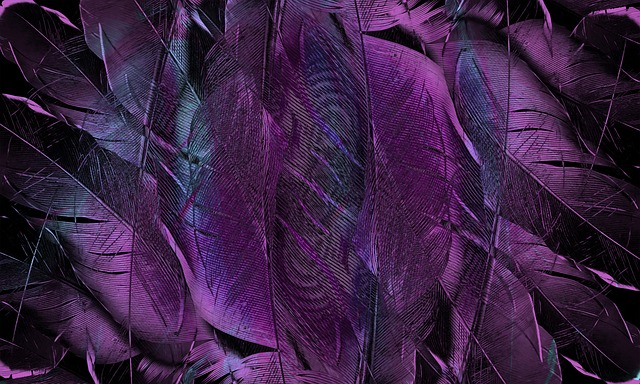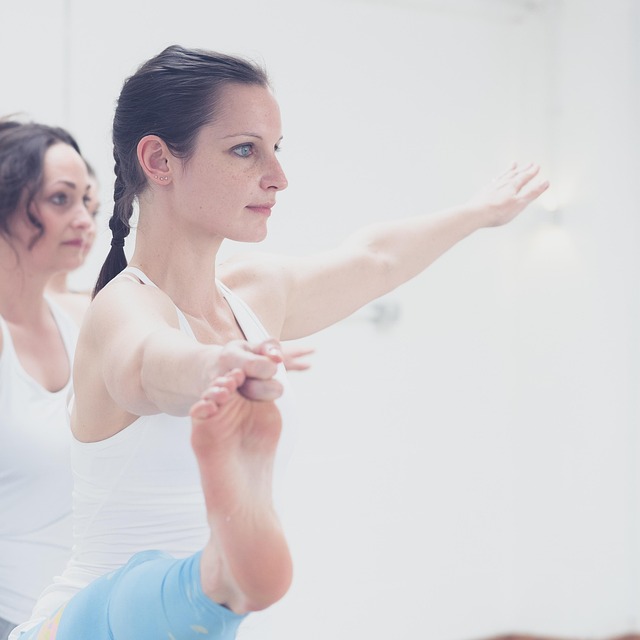Photography is often referred to as the art of capturing light, but the true magic lies in how we perceive and manipulate form through that light. Whether it’s the delicate curves of a flower petal or the angular lines of a skyscraper, every object has a unique shape that can be highlighted with the right exposure techniques. Understanding form in photography means developing a keen eye for how light interacts with various subjects and using that understanding to create compelling images.
When we first pick up a camera, we may focus on the technical aspects—shutter speed, aperture, and ISO levels. However, it is essential to go beyond the mechanics of our optics and explore the emotional landscape that form can evoke. The way light cascades over a subject can transform its form from mundane to mesmerizing. For instance, consider a portrait captured at golden hour, where the low sun creates soft shadows, accentuating the contours of the subject’s face. In this scenario, not only do we capture a moment in time, but we also harness the light to illuminate the form, creating a rich narrative within a single frame.
In addition to natural light, artificial sources also play a crucial role in shaping the form within our compositions. A carefully placed flash or LED panel can sculpt shadows and highlight features we might not otherwise see. Experimenting with different lighting setups allows photographers to explore various interpretations of the same subject. The exploration of form can lead to unexpected discoveries—playful dynamics of light and shadow could reveal textures and shapes that enhance the visual storytelling of our images.
Moreover, photographic optics, the glass that captures and refracts light, affects how we perceive form. The choice of lens can dramatically alter the composition. A wide-angle lens can exaggerate form, bending lines and creating a sense of depth, while a macro lens can reveal intricate details that often go unnoticed. Understanding which lens to use is crucial in emphasizing the elements of form you want to convey. Each click of the shutter is an opportunity to define how viewers will perceive not just the subject, but the entire atmosphere surrounding it.
Light is not merely a tool to illuminate our subjects; it is a partner in our creative pursuits. The harmonious interplay between light and form invites photographers to engage with their subjects in newfound ways. Each captured image has the potential to resonate on a deeper level, evoking emotions and thoughts that relate to the essence of what it means to experience our world visually. As we delve into the art of photography, let us remember that the pursuit of form through light is not just about making images, but about capturing the very essence of our subjects, and the stories they tell. The mastery of form allows us to elevate our photography from simple snapshots to artful representations, where light is more than an afterthought—it is the heartbeat of our craft.



